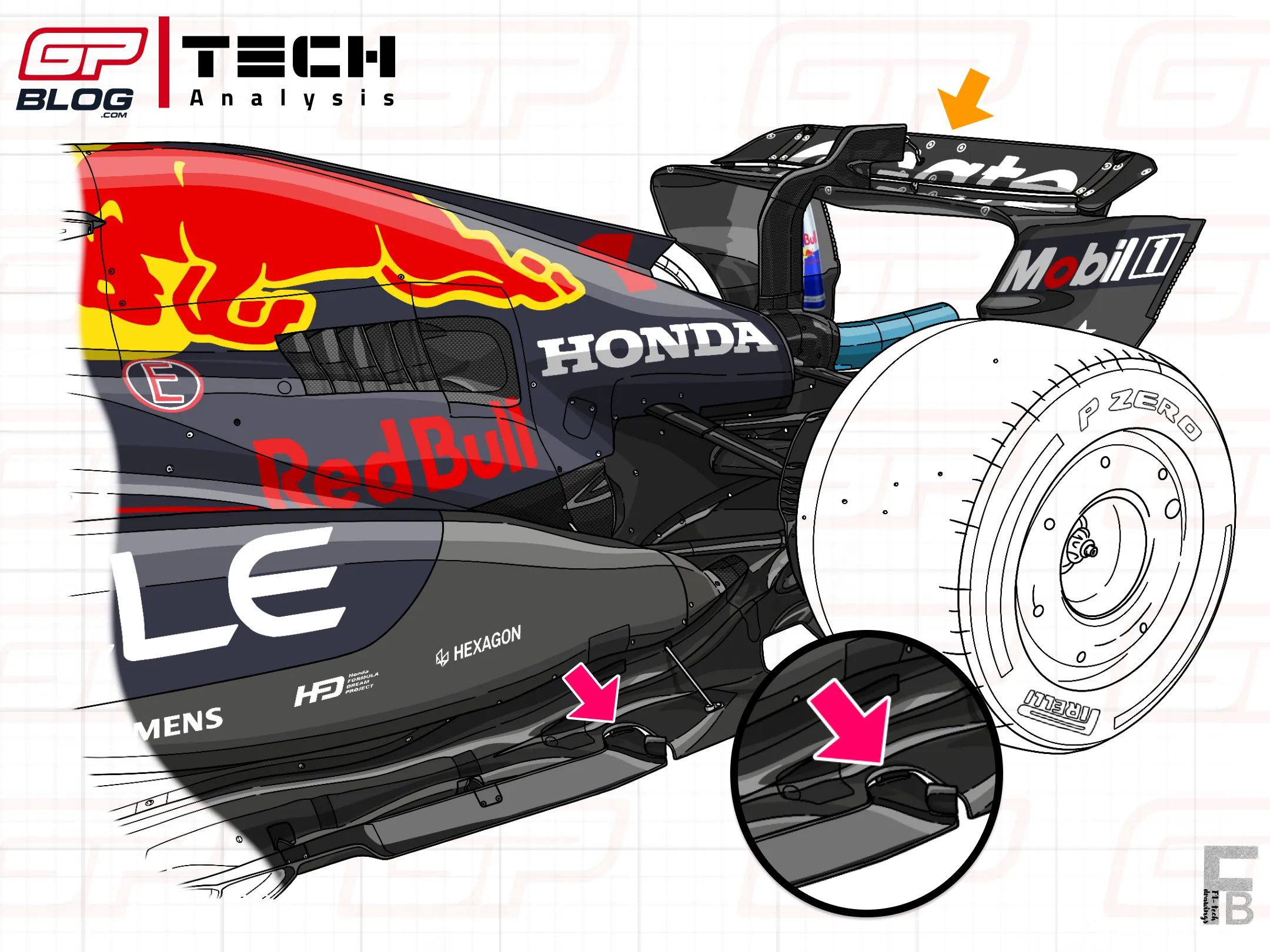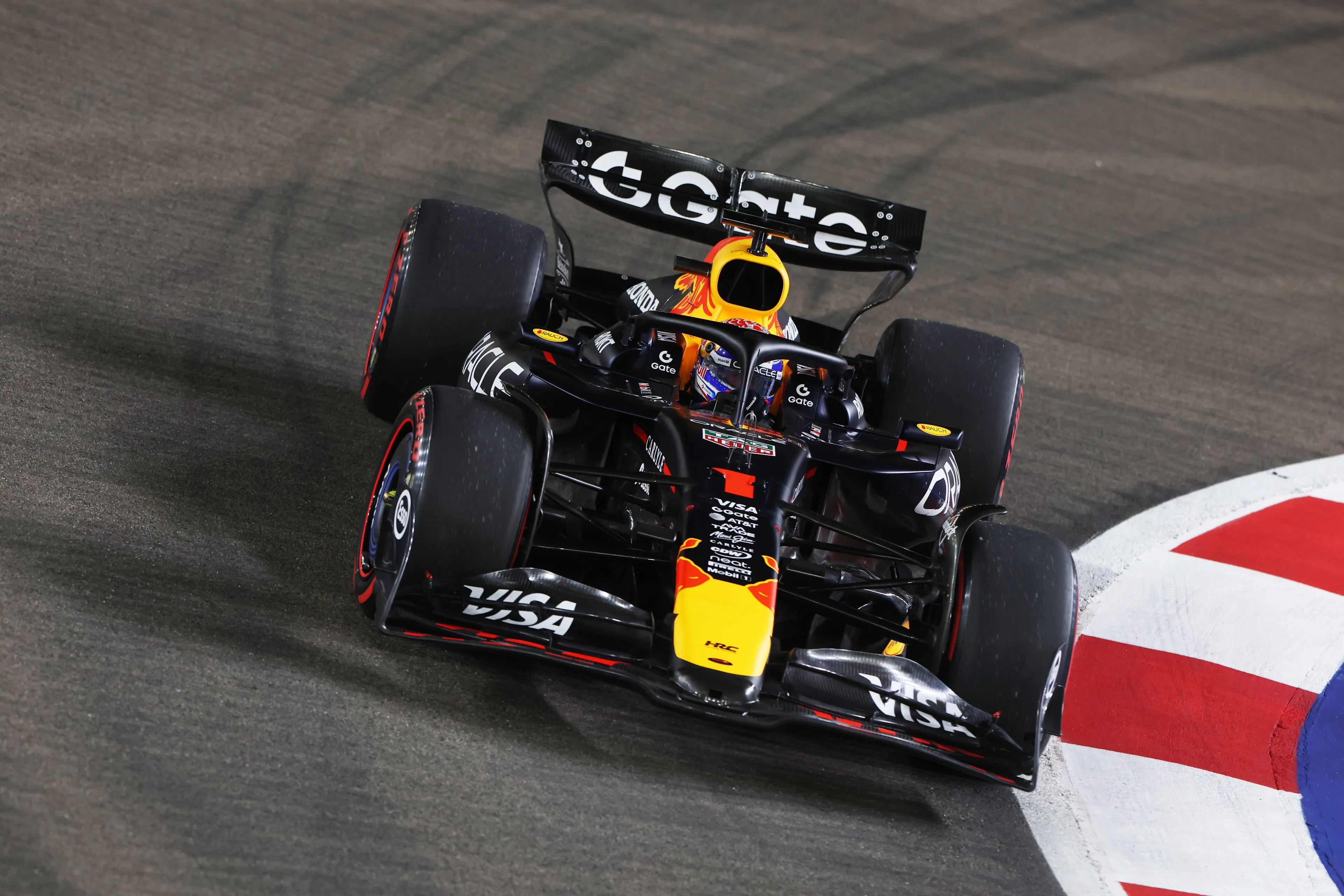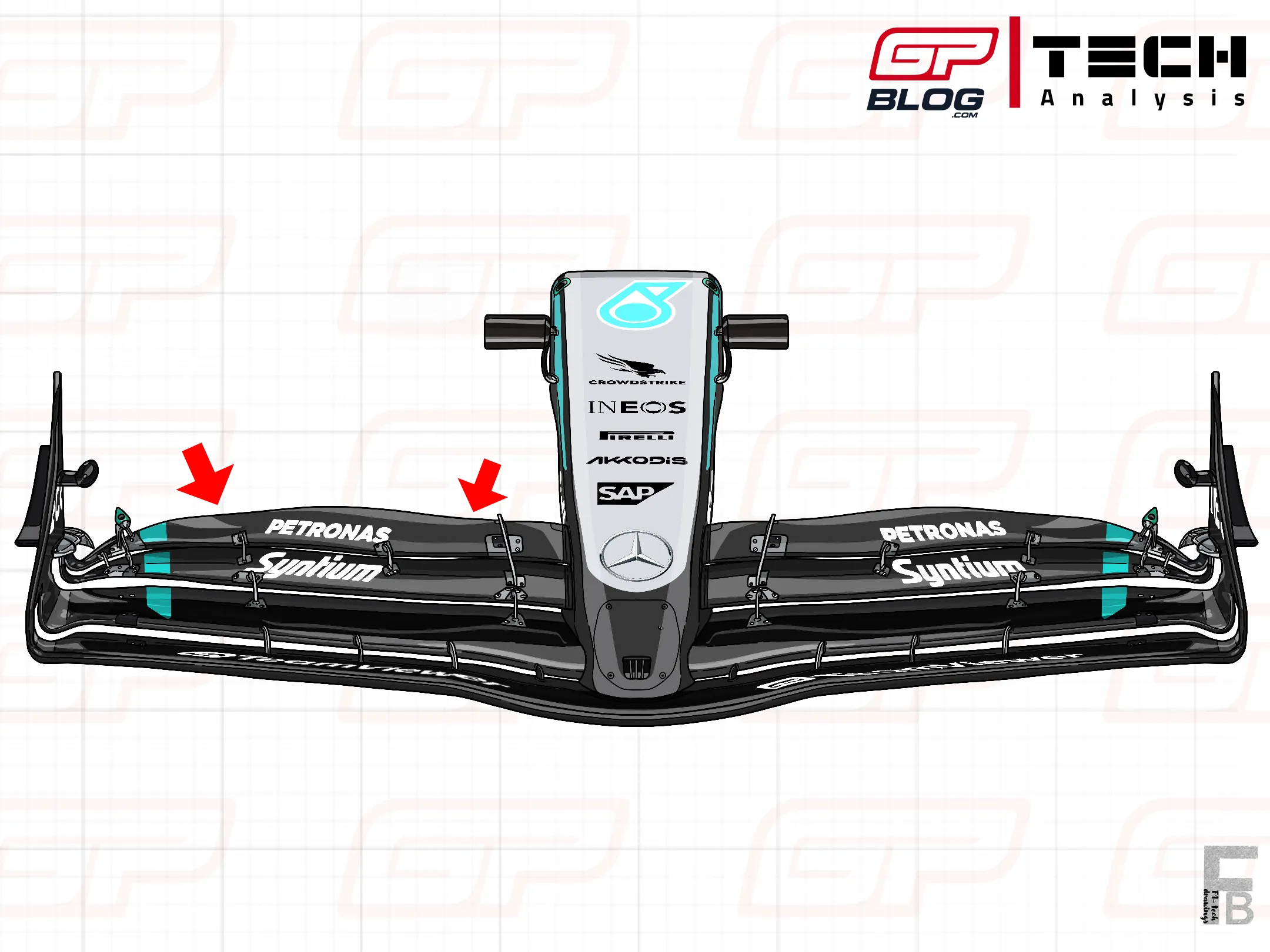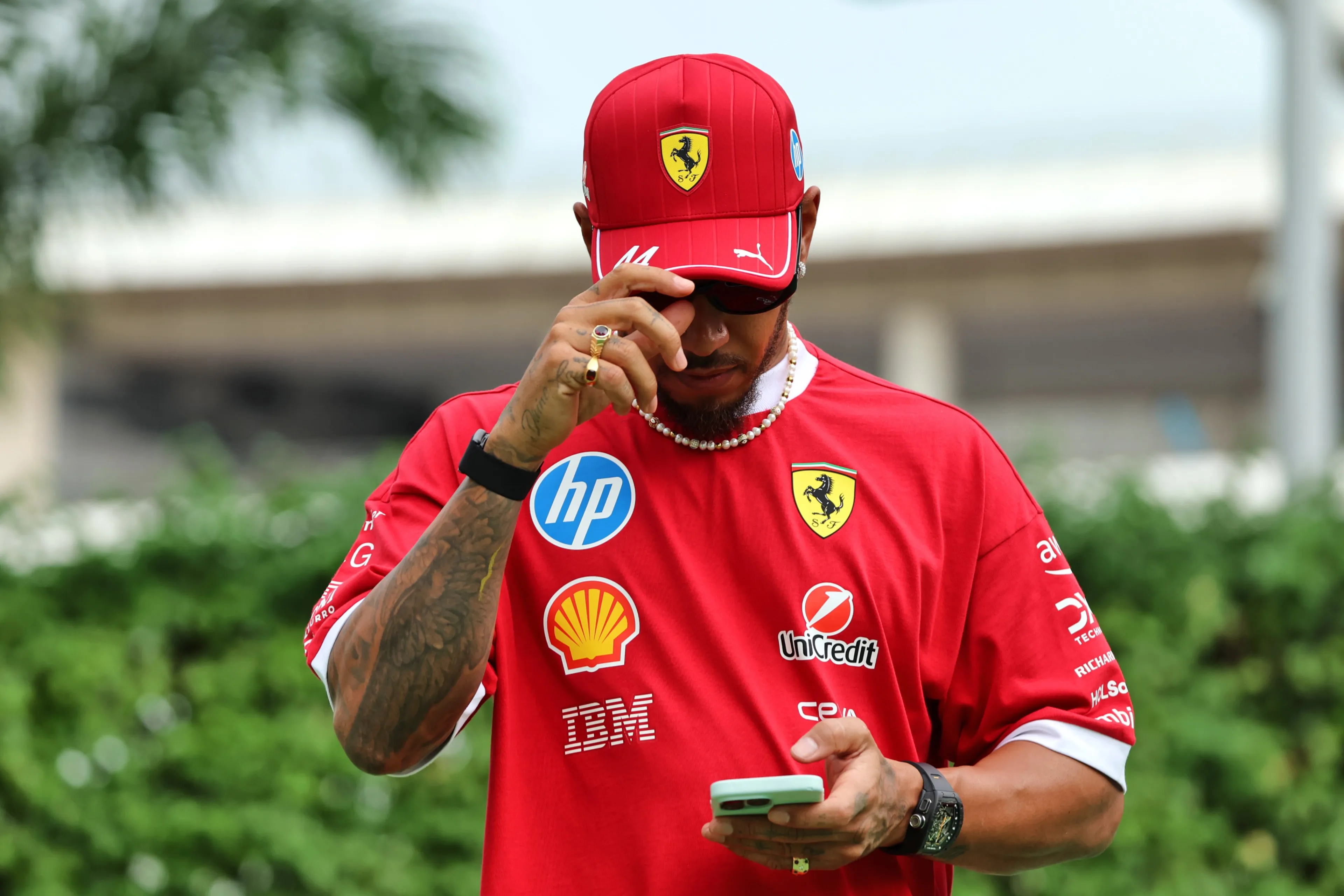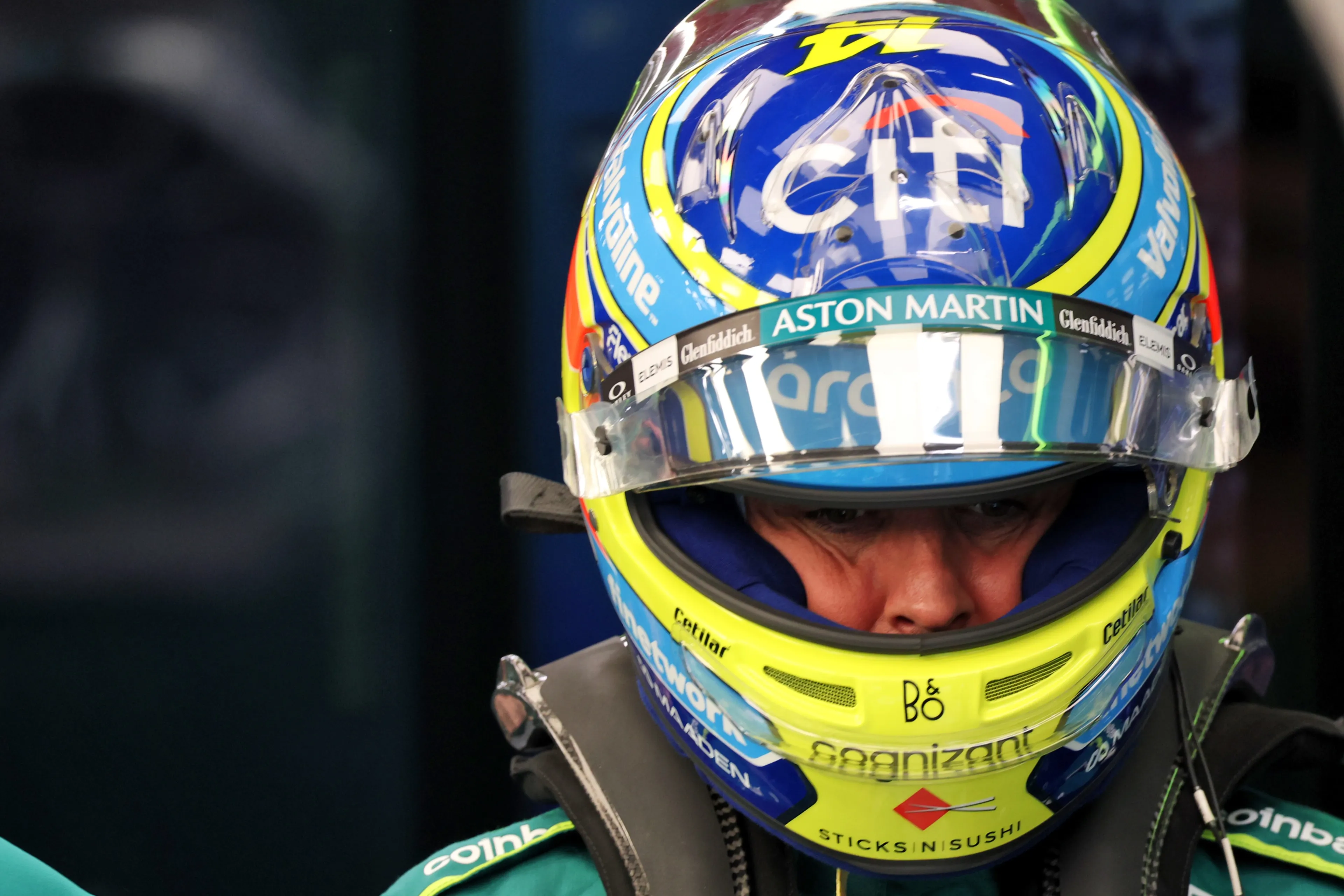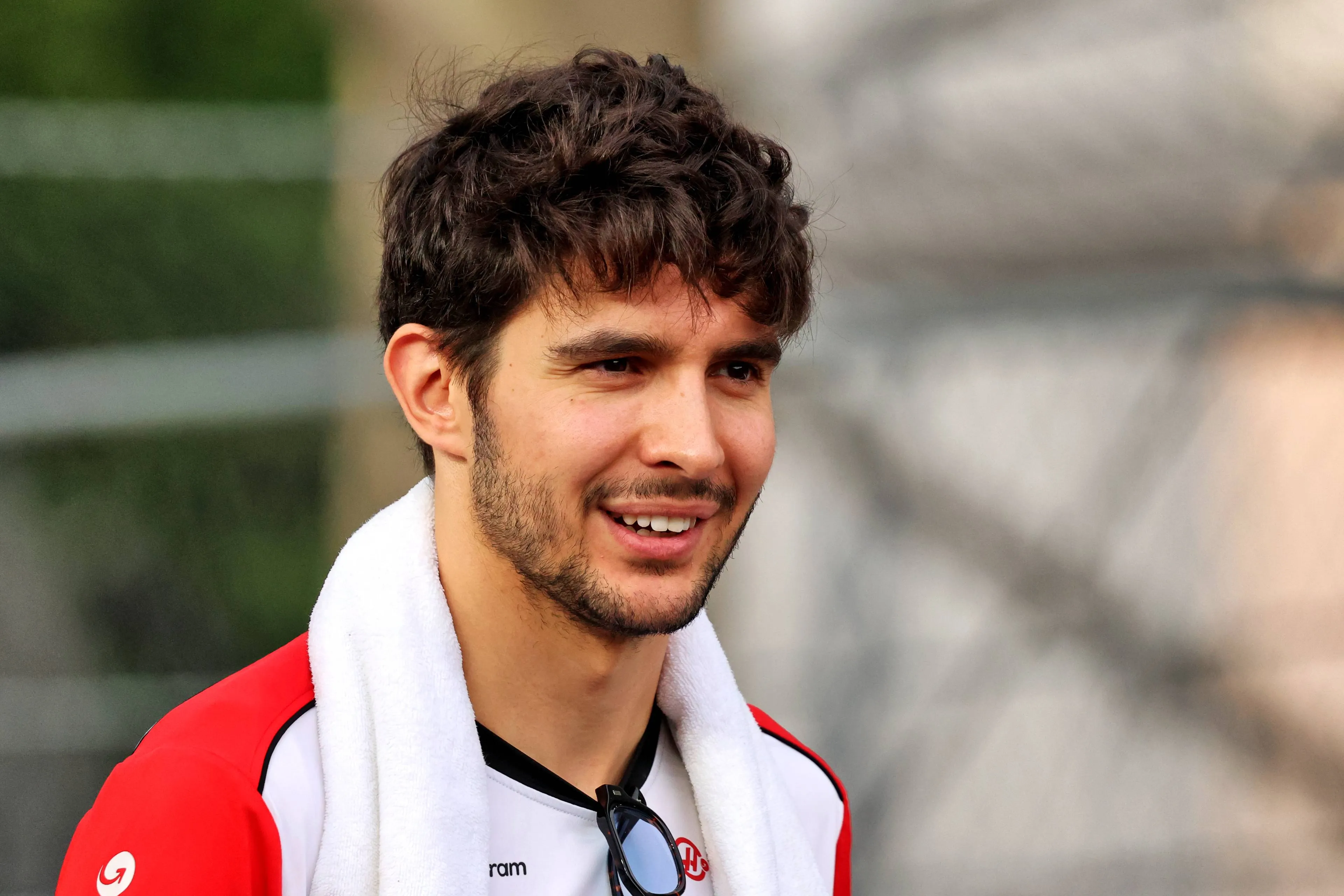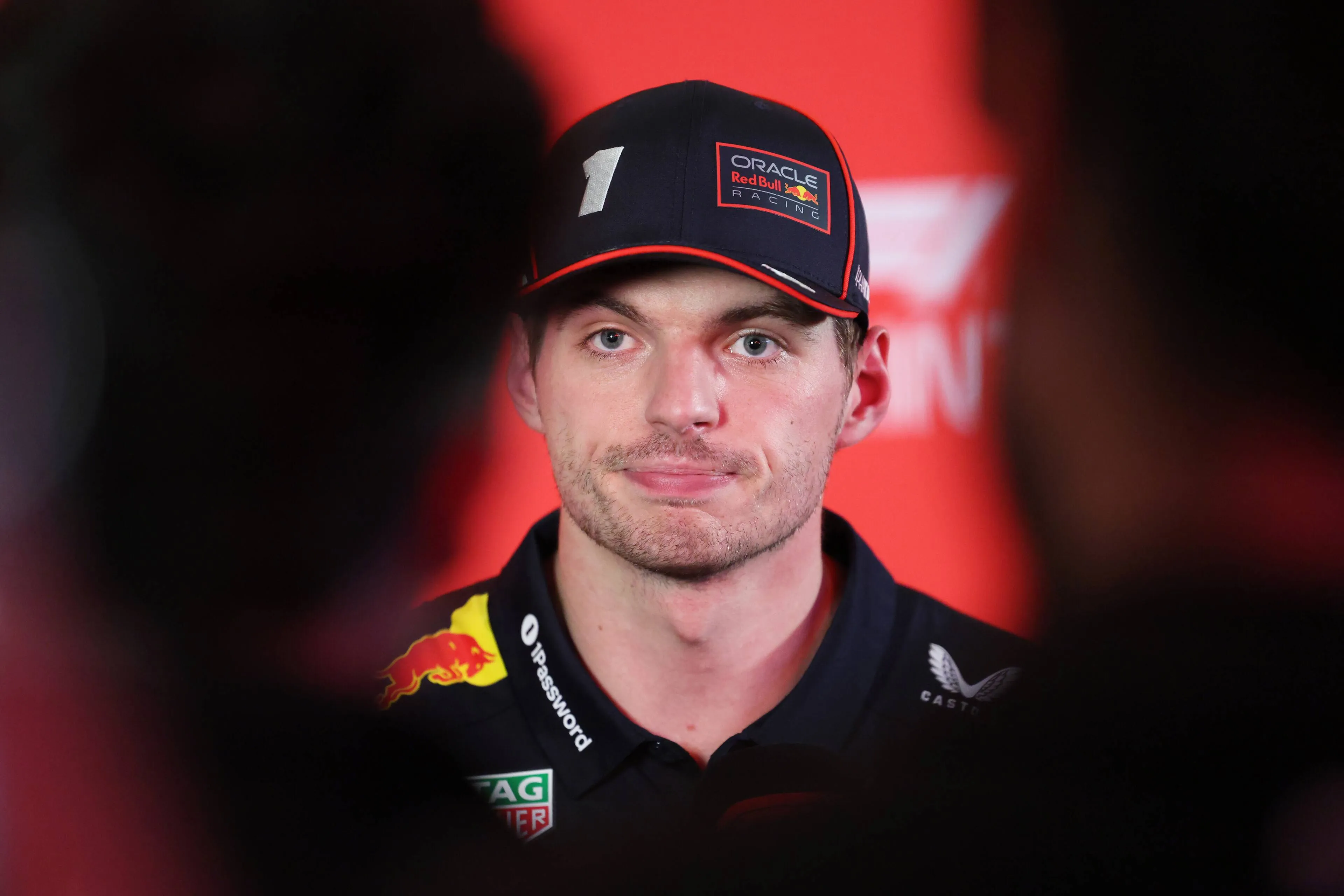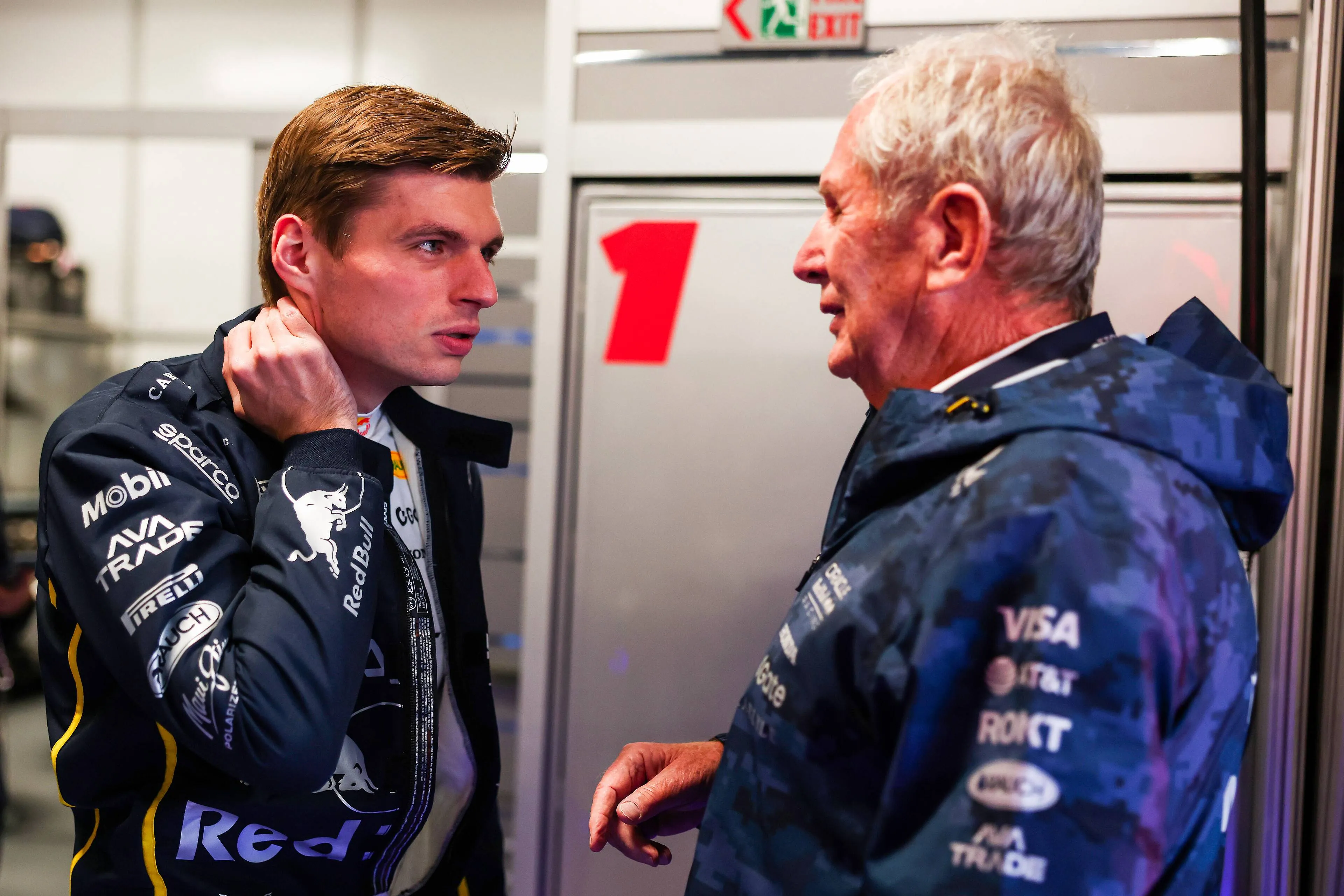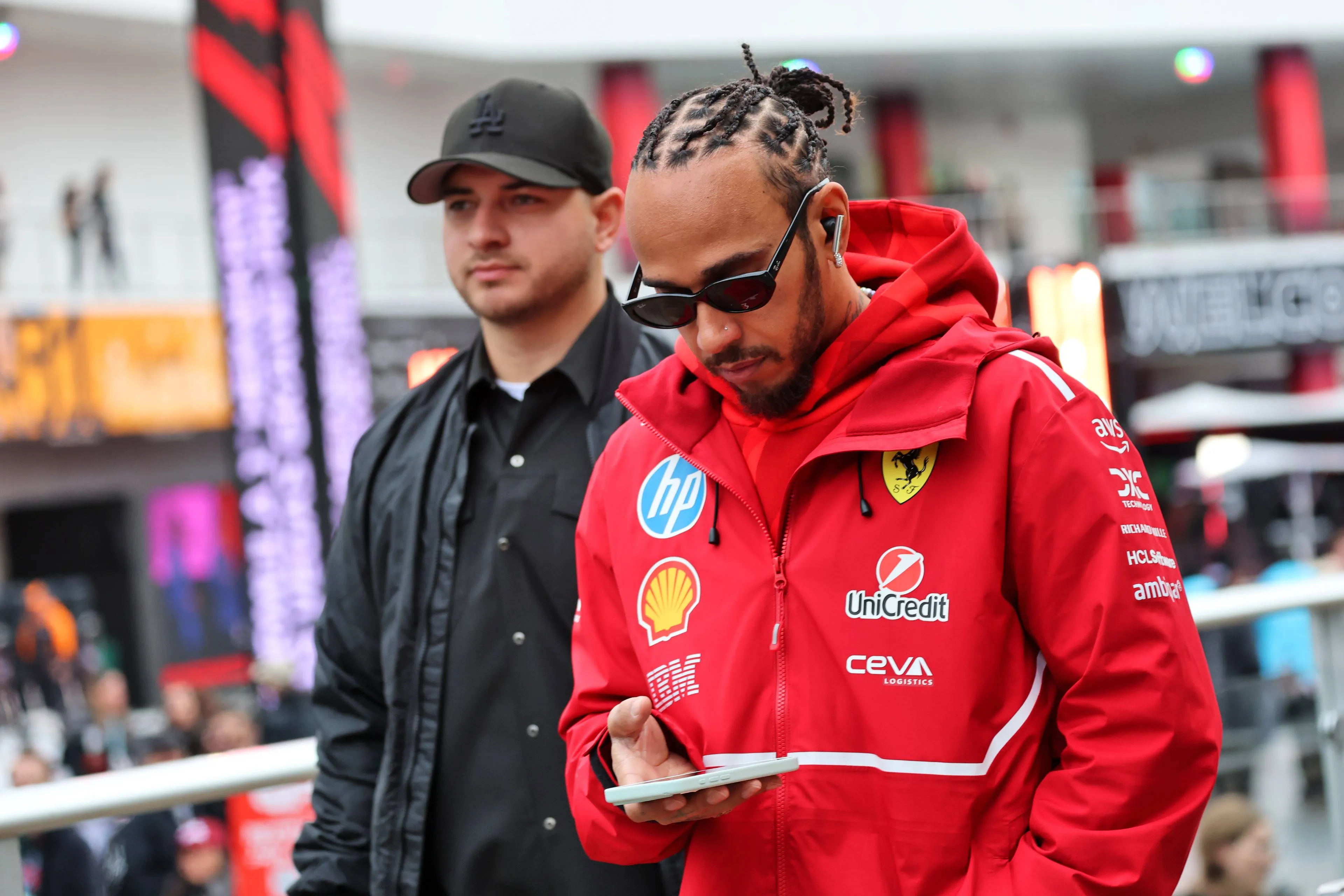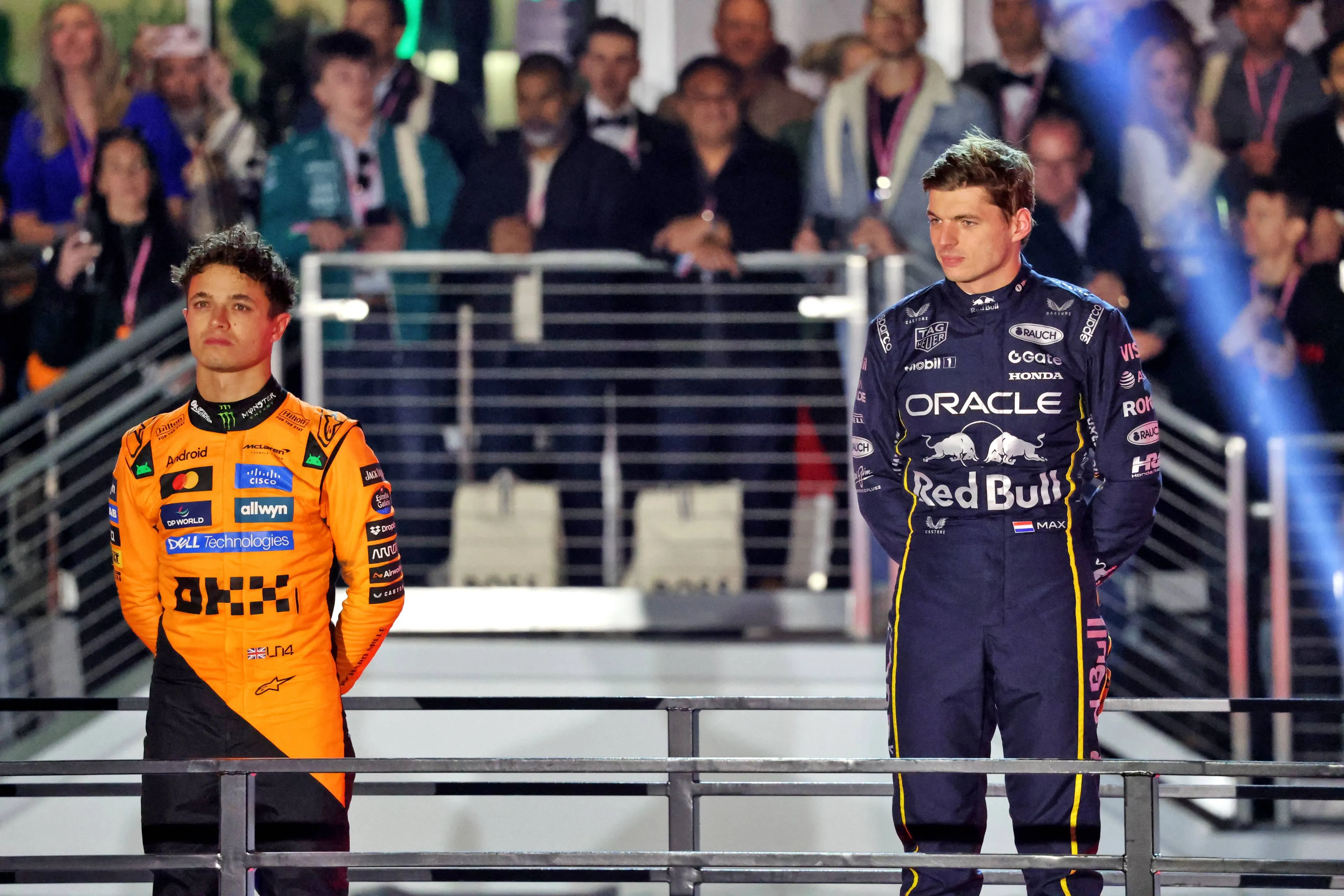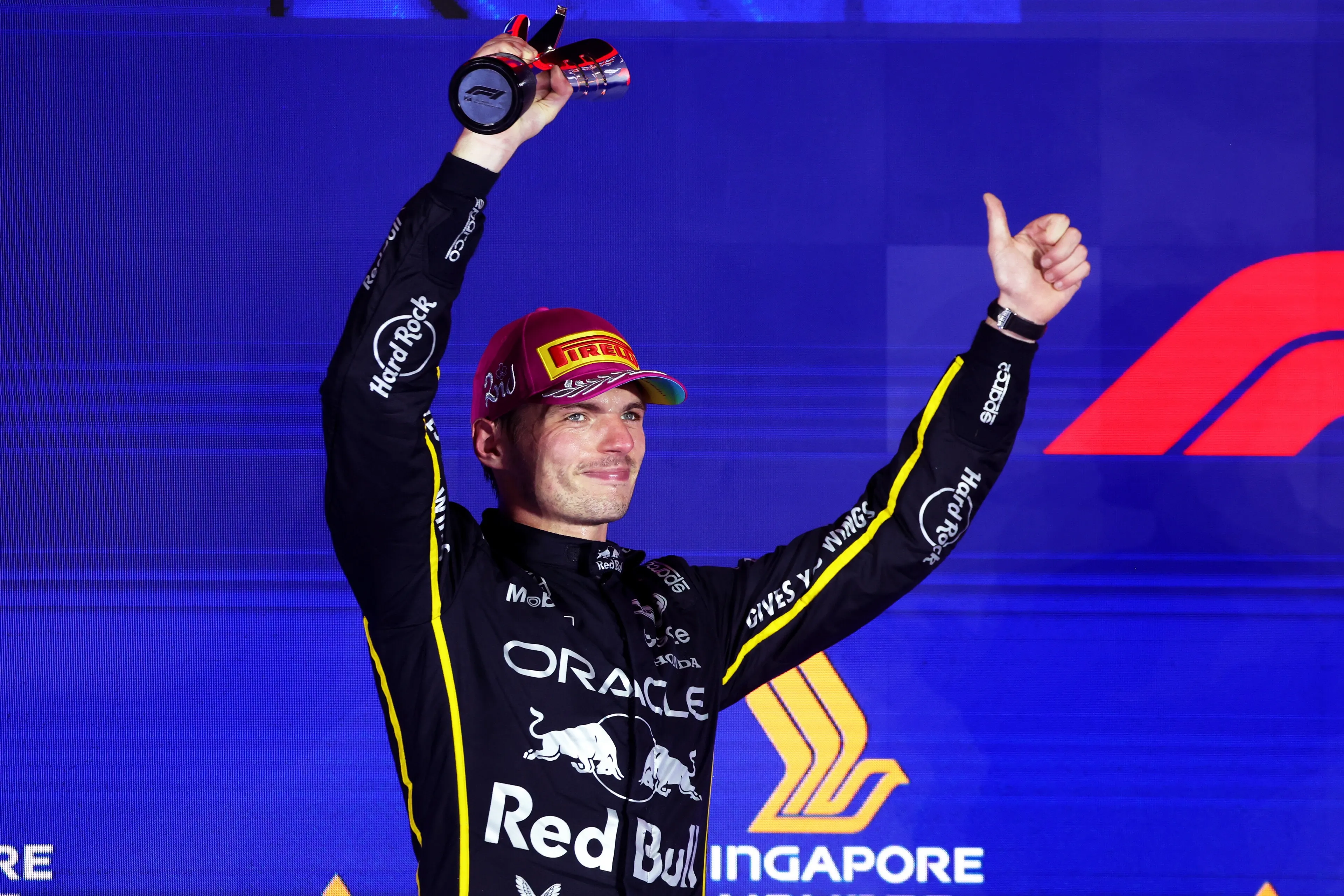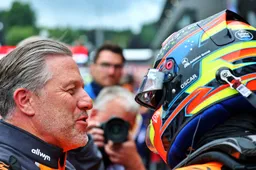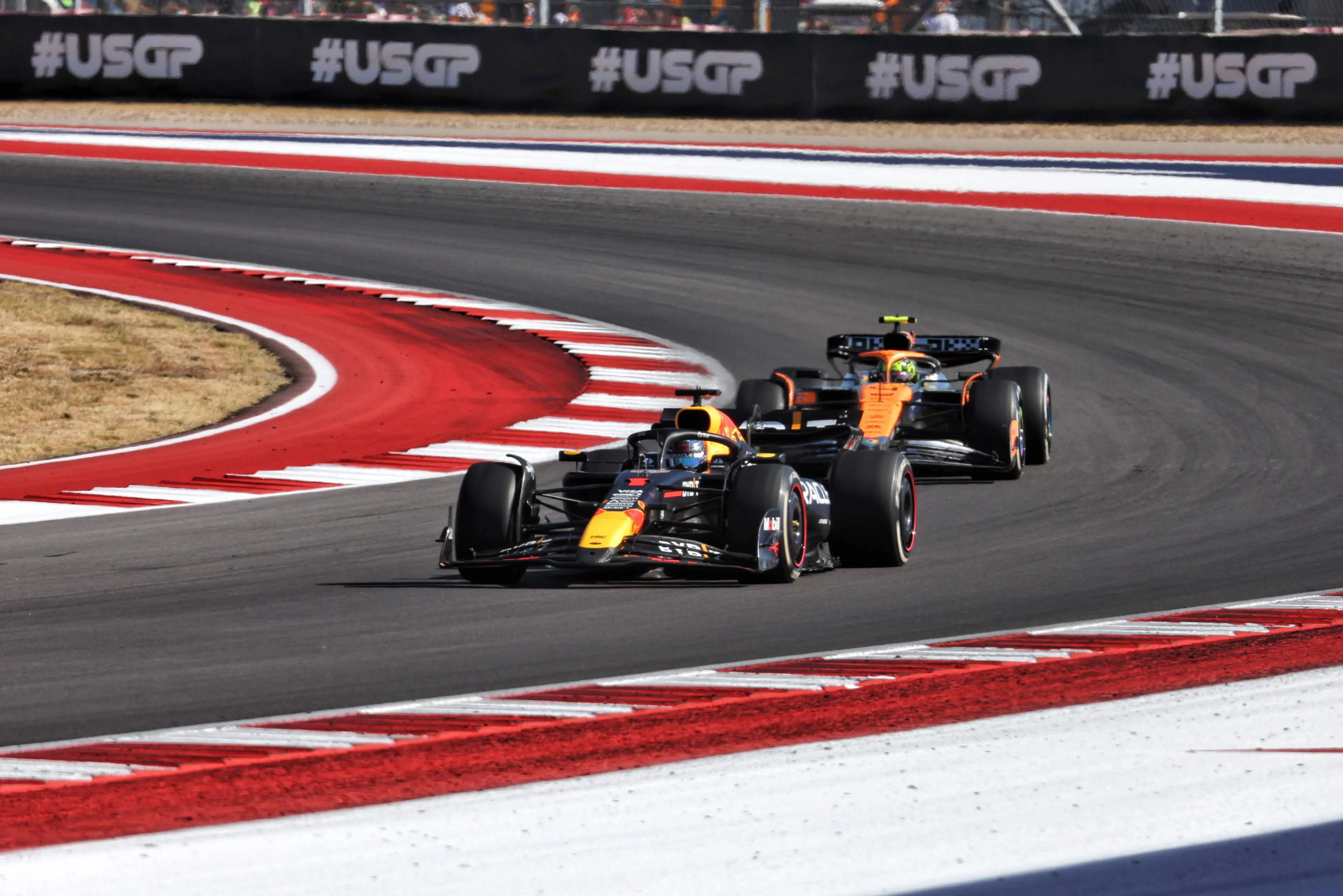
Max Verstappen during the 2024 United States Grand Prix - Photo: Race Pictures
F1 Tech | Why the US GP will be decisive for Red Bull and McLaren
15:03, 14 Oct
0 Comments
The US Grand Prix is set to define if Max Verstappen can clearly attack Oscar Piastri in the Drivers’ Championship.
If the updated RB21 is able to stay in front of McLaren at the Circuit of the Americas, then Red Bull have managed to completely turn around a season that seemed lost at the midpoint.
The Singapore Grand Prix was a bittersweet weekend for both Red Bull and McLaren: Verstappen was stronger than expected, finishing the race in P2, but was unable to challenge Russell during the race.
On the other hand, McLaren had a difficult qualifying on a track where they dominated in 2024, despite having a stronger race pace than Verstappen.
The Circuit of the Americas is one of the most complete tracks on the whole calendar, which makes it quite difficult for engineers to find the right set-up, especially in terms of ride height.
The first sector is characterised by high-speed corners and requires a very stable aerodynamic platform, together with a stiff suspension system to allow drivers to fully attack this section.
The second sector is instead characterised by a very long straight and two slow-speed corners, which require top speed and traction. To complete the lap, the last portion of the circuit presents a mix of slow-speed sections, like Turns 13, 14 and 15, and some very fast corners, like Turns 18 and 19, where a stable car is needed.
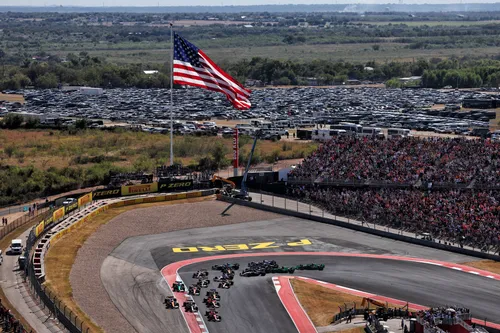
Turn 1 of Circuit of the Americas -Photo: Race Pictures
As a consequence, teams usually choose medium–high downforce set-ups for this layout, also due to the higher ride heights adopted: because of the massive changes in slope and the bumpy nature of the asphalt, teams tend to run conservative ride heights, which, however, translates into a loss of downforce from the Venturi channels. To compensate for this loss, they usually adopt larger rear wings and beam wings, which can be an advantage when managing the rear tyres through the slow-speed and traction-heavy sections of the track.
For this Grand Prix, Pirelli have decided to bring the soft C4, medium C3 and hard C1 compounds to make the race a bit more exciting and allow teams to adopt different strategies, also due to the high temperatures expected this weekend. This factor could have a big impact on tyre management, as the rear axle and the front-left tyre are usually put under significant stress around the Circuit of the Americas.
Red Bull vs McLaren: which car should have the edge?
Starting to analyse the teams’ performance, McLaren need to bounce back after three very difficult weekends: despite having already secured the Constructors’ Championship with six races remaining, the Woking team have been out of contention for victory since the Italian Grand Prix.
The less-than-favourable layouts, together with the lack of updates compared to their rivals, have caused the MCL39 to struggle against Red Bull between Monza and Singapore.
The Circuit of the Americas should, in theory, suit the MCL39 perfectly thanks to its mix of medium- and slow-speed corners, but the step forward made by Red Bull since Monza should concern both Piastri and Norris.
Up until Zandvoort, in fact, the Woking car held a clear advantage over the RB21 on high-downforce layouts with a strong combination of medium- and slow-speed corners, fully exploiting the MCL39’s ability to generate immense downforce from the Venturi channels and maintain a highly stable aero-mechanical platform.
However, after the introduction of a new floor on the RB21 in Monza, Red Bull seem to have found much more “efficient load” (i.e. downforce at low drag cost) from the floor, together with the possibility to run more aggressive ride heights, which inevitably translate into more performance.
Read also
This update, together with the new front wing introduced in Singapore, allowed Red Bull and Verstappen to take a big step forward and be competitive also on tracks that at the beginning of the year would have been very harsh for them, like Baku and Singapore.
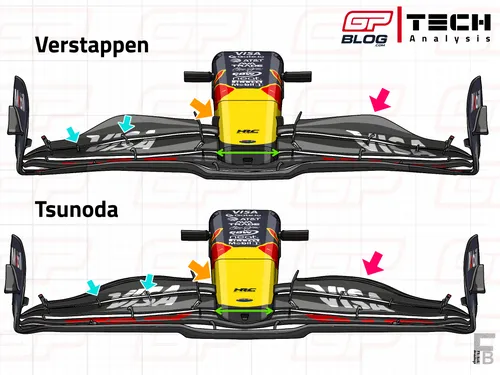
Verstappen vs. Tsunoda front wing in Singapore - Illustration: Francesco Bianchi
McLaren, on the other hand, didn’t bring further updates to their car after Spa-Francorchamps and this caused a performance stall: the MCL39 could still benefit of its strengths, like the optimal tyre management and the good level of downforce generated from the floor, but on layouts such as Monza and Baku these aspects weren’t as important as putting the soft tyre into the right working window in qualifying , an aspect which massively penalised Norris and Piastri.
Read also
As a consequence, McLaren found themselves on the back foot in Singapore as well, a track that should have suited their car.
The difficulties in keeping the soft tyre within the right temperature window during qualifying prevented both drivers from realistically fighting for pole position, which became a solo affair between Verstappen and Russell.
During the race, however, the scenario shifted in McLaren’s favour, as they regained some of their competitiveness and were able to put Red Bull under real pressure once the tyres began to degrade.
An aspect that could play in McLaren’s favour in Austin is the ride height. The MCL39’s floor, in fact, is not as sensitive to ride height as those of other cars (such as Ferrari) and is therefore able to generate a good level of downforce despite the increased distance from the ground.
This could be a significant advantage on a track where all teams raise their cars to prevent excessive plank wear.
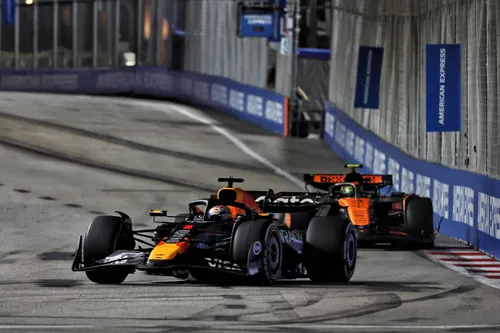
Lando Norris and Max Verstappen during the Singapore Grand Prix - Photo: Race Pictures
For all these reasons it’ll be extremely interesting to understand the hierarchies at the US Grand Prix: the track should suit both the updated RB21 and the MCL39, but the execution of the weekend, in terms of set-up choices and tyre strategies will have a big impact on the final result.
Mercedes' performance still in doubt, Ferrari set to struggle
For what concerns Mercedes, the coming weekend is a big question mark for the team: the performance demonstrated in Singapore was not only the result of the new front wing, which made the car as competitive as at the beginning of the season, but also of the favourable layout, characterised by short and slow speed corners, where mainly mechanical grip and traction are needed.
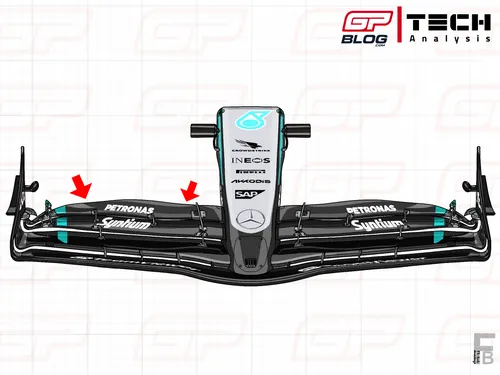
The front wing in Singapore and the one in Zandvoort from Mercedes - Illustration: Francesco Bianchi
Thus, the W16’s ability to challenge Red Bull and McLaren around COTA remains uncertain. The car usually struggles on such complete layouts, where versatility is key, that is, a car capable of performing well in both high- and low-speed corners.
Moreover, the hot conditions expected this weekend and the high tyre wear caused by the circuit layout could work against Mercedes. However, it will be interesting to see whether the team have managed to find the car’s optimal working window with the new “flexing” front wing introduced in Singapore.
Last but not least, Ferrari are once again expected to be the fourth-fastest team in Austin. The SF-25 has typically struggled on all-round circuits where a complete package is required, as seen earlier this year in Miami.
The car does not appear to hold a particular strength compared to McLaren or Mercedes, instead showing a rather average performance across various layouts.
In addition, the question of ride height could be a major talking point for the Scuderia this weekend. The SF-25 seems to perform best at low ride heights, when the floor runs close to the ground and the Venturi channels can generate strong downforce.
However, as already mentioned, the bumpy nature of the Austin track demands higher ride heights, resulting in a loss of performance. This could impact Ferrari more than other teams and hang over them like the veritable sword of Damocles for the entire weekend.
In conclusion, an exciting weekend of racing awaits, and it will be particularly interesting to see how the different teams perform at the United States Grand Prix, as the results could have a major influence on the remainder of the season.
Read also
Read more about:
Rumors
Popular on GPBlog
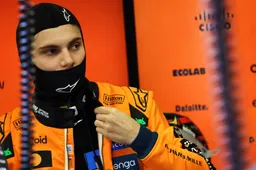
1
F1 LIVE | Reaction as Piastri on Sprint pole as Hamilton starts P18
1719 times read

2
F1 LIVE | Reaction as Piastri tops FP1 in Qatar ahead of Norris
1160 times read

3
McLaren have cause for concern: Verstappen's pace remains untapped
851 times read

4
Russell calls for ‘zero tolerance’ policy after McLaren DSQ in Las Vegas
790 times read
Loading

